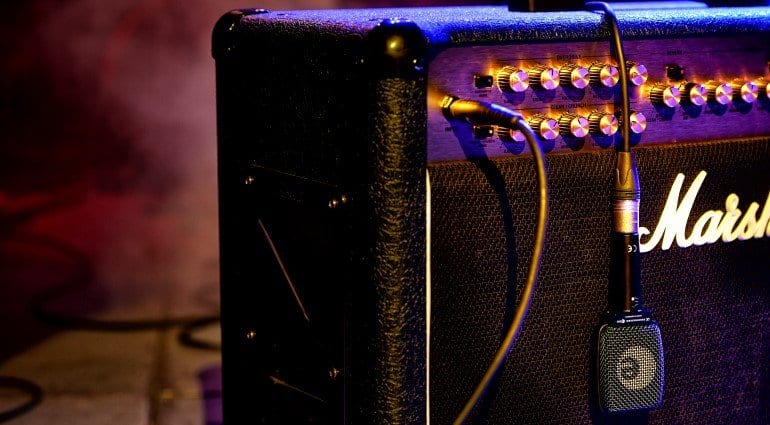
So you just made a 6 string masterpiece and now you want to record it? It couldn’t be easier! Presented here are various methods to capture the sound of an electric guitar.
The « classic » method
This involves placing a microphone in front of the amplifier speaker. This is the most commonly used method, but it’s also the most difficult. The audio quality of the final result usually depends on the weakest link, therefore for optimum quality a good quality tube amp and guitar should be used. When studio space is limited, guitarists often opt for a small combo.
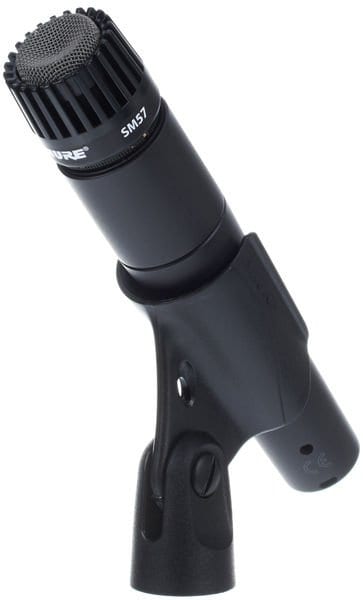 To get the sound as direct as possible a dynamic microphone is placed within a few centimetres from the speaker. For a brilliant and aggressive sound, you can position it towards the centre of the speaker; and away from the centre, towards the diaphragm and suspension for an increased bass response. A good compromise would be to position the microphone at the edge of the speaker and direct it towards the centre. Dynamic microphones tolerate high levels of volume and are often used when close-miking. A few examples: Shure SM57, Sennheiser MD-421, Sennheiser E906, Beyer M88-TG, the t.bone MB75, Superlux PRA 628 MKII.
To get the sound as direct as possible a dynamic microphone is placed within a few centimetres from the speaker. For a brilliant and aggressive sound, you can position it towards the centre of the speaker; and away from the centre, towards the diaphragm and suspension for an increased bass response. A good compromise would be to position the microphone at the edge of the speaker and direct it towards the centre. Dynamic microphones tolerate high levels of volume and are often used when close-miking. A few examples: Shure SM57, Sennheiser MD-421, Sennheiser E906, Beyer M88-TG, the t.bone MB75, Superlux PRA 628 MKII.
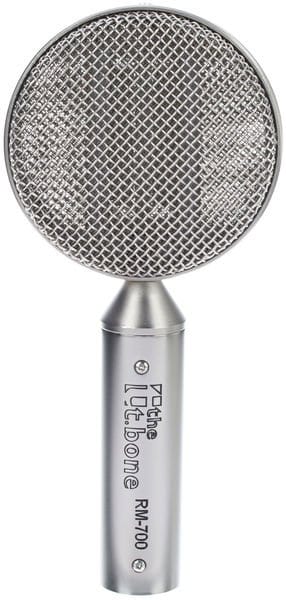 Ribbon microphones are often fairly expensive and fragile. Compared to dynamic microphones they produce a more refined and gentler sound, especially in the treble. Their smoothness in the mids is much appreciated particularly in amp recording. Examples include Royer R-121 et R-122, the t.bone RM700, Coles 4038 Studio Ribbon.
Ribbon microphones are often fairly expensive and fragile. Compared to dynamic microphones they produce a more refined and gentler sound, especially in the treble. Their smoothness in the mids is much appreciated particularly in amp recording. Examples include Royer R-121 et R-122, the t.bone RM700, Coles 4038 Studio Ribbon.
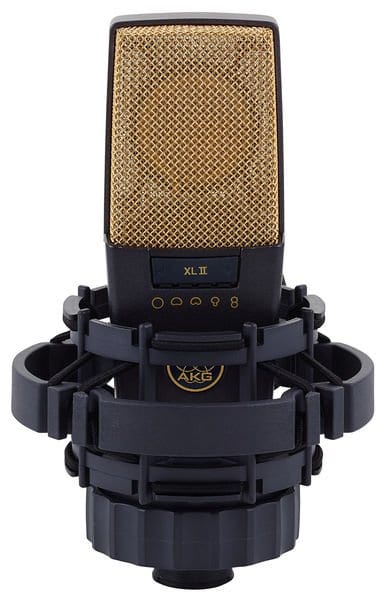 When room acoustics are good, it might be interesting to add a condenser microphone a few meters from the amp. This produces a natural sound to the recording, but do beware of phase problems when recording several mics from a single source. Most condenser microphones feature a passive attenuator or pad that trims the sound of an amplifier, adding clarity to the microphone. Here are some large-diaphragm condenser microphones .
When room acoustics are good, it might be interesting to add a condenser microphone a few meters from the amp. This produces a natural sound to the recording, but do beware of phase problems when recording several mics from a single source. Most condenser microphones feature a passive attenuator or pad that trims the sound of an amplifier, adding clarity to the microphone. Here are some large-diaphragm condenser microphones .
Feel free to place multiple microphones in front of the amp to compare the differences in character, texture, color, etc. An interesting solution would be to opt for a dynamic/ribbon and condenser microphone in producing a powerful, yet refined and natural sound.
Alternative Methods
 Direct box (DI): often used for bass guitars. Some manufacturers have adapted this for recording guitar by adding a speaker simulation.
Direct box (DI): often used for bass guitars. Some manufacturers have adapted this for recording guitar by adding a speaker simulation.
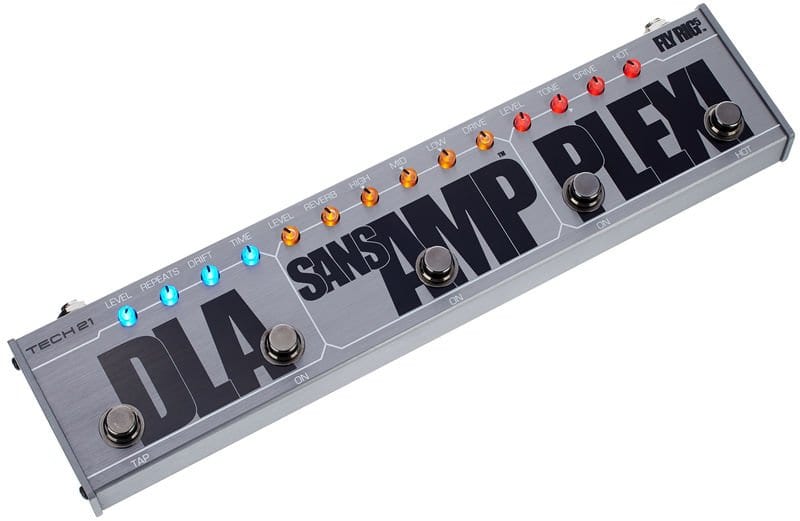 Preamp: a popular choice for guitarists in the 80’s, similar to a guitar amp, but without the power amp. It adjusts the low output of the guitar line level and allows for tone settings. Some tube preamps offer excellent overdrive when pushed. Preamp models with speaker simulation are the most popular among guitarists.
Preamp: a popular choice for guitarists in the 80’s, similar to a guitar amp, but without the power amp. It adjusts the low output of the guitar line level and allows for tone settings. Some tube preamps offer excellent overdrive when pushed. Preamp models with speaker simulation are the most popular among guitarists.
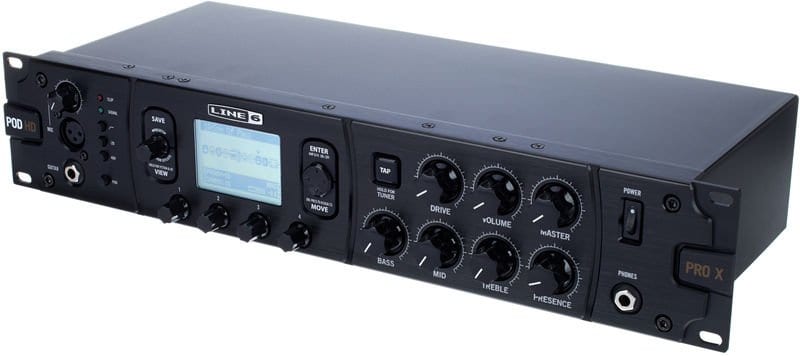 Amp modeling: introduced by Line 6 in the late 90s, the multi-effect amp modeling is often used in home studios and sometimes even in pro recording studios.
Amp modeling: introduced by Line 6 in the late 90s, the multi-effect amp modeling is often used in home studios and sometimes even in pro recording studios.
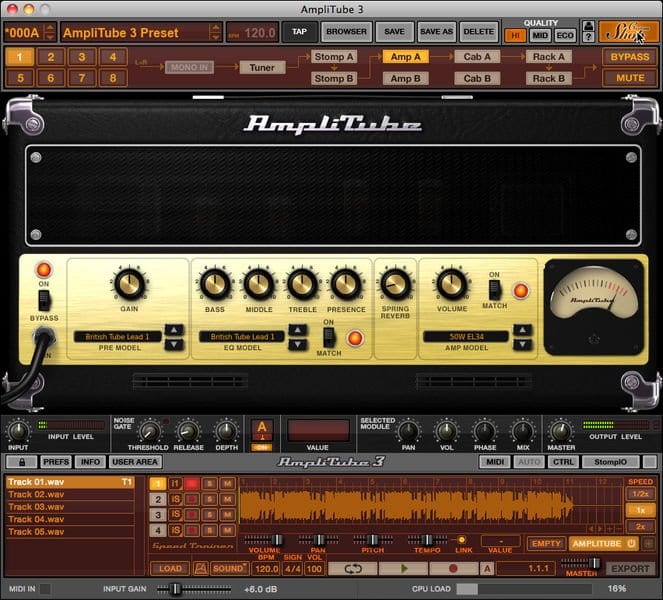 Amp simulator software: Computers have become increasingly powerful and are able to run software and other plug-ins to sound as good as real amps. Products like AmpliTube IK Multimedia and Native Instruments Guitar Rig are some of the most popular and are able to record a “dry” guitar signal while post modifying the amp settings, speaker and effects during mixing.
Amp simulator software: Computers have become increasingly powerful and are able to run software and other plug-ins to sound as good as real amps. Products like AmpliTube IK Multimedia and Native Instruments Guitar Rig are some of the most popular and are able to record a “dry” guitar signal while post modifying the amp settings, speaker and effects during mixing.
One comment
Leave a Reply
You are currently viewing a placeholder content from Facebook. To access the actual content, click the button below. Please note that doing so will share data with third-party providers.
More InformationYou are currently viewing a placeholder content from Instagram. To access the actual content, click the button below. Please note that doing so will share data with third-party providers.
More InformationYou are currently viewing a placeholder content from X. To access the actual content, click the button below. Please note that doing so will share data with third-party providers.
More Information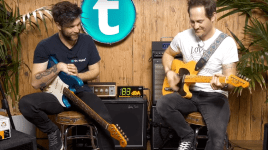
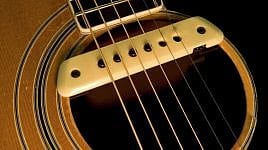
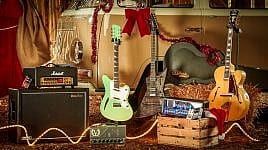
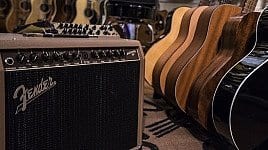
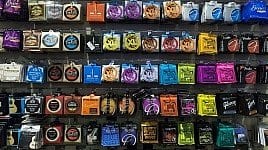
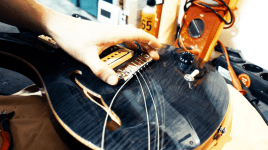
Martin Randle says:
The best and most natural sound I have found is to place a large diaphragm condenser mic about 1 meter from the amp. The sound is closest to what I hear in the room. Keep the levels to a comfortable volume and I can get excellent results with clean through to well overdriven sounds.